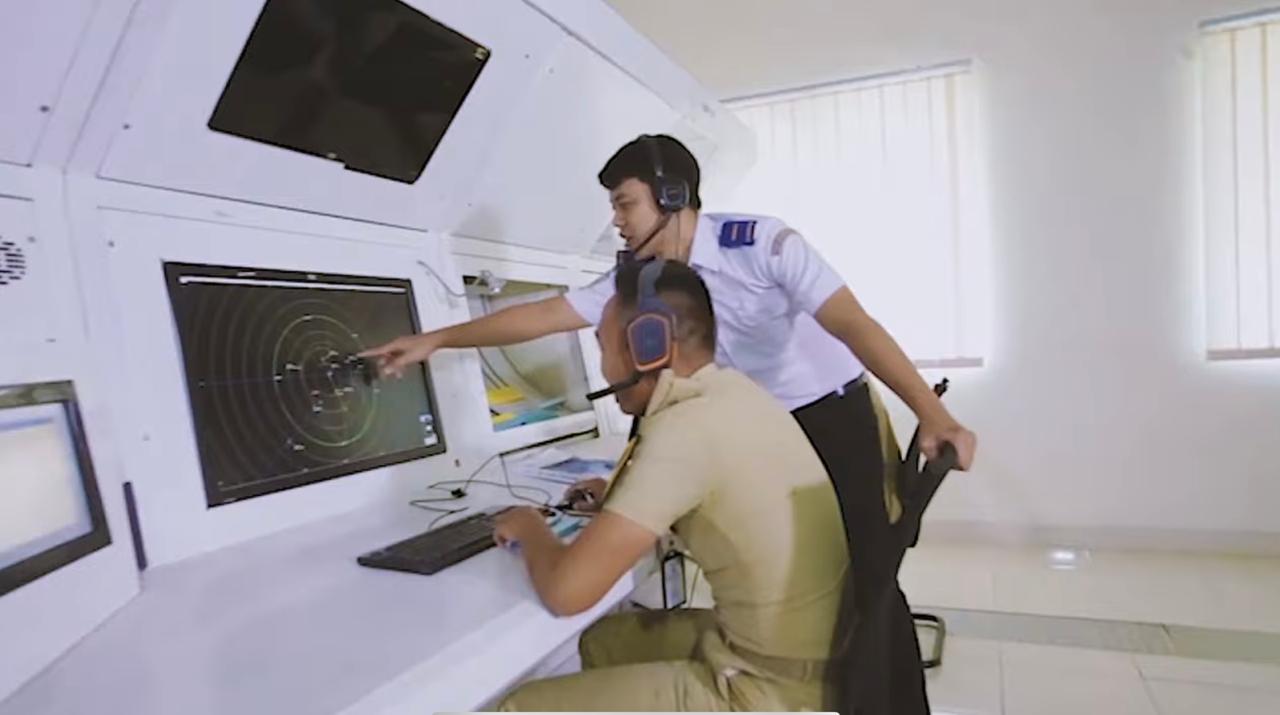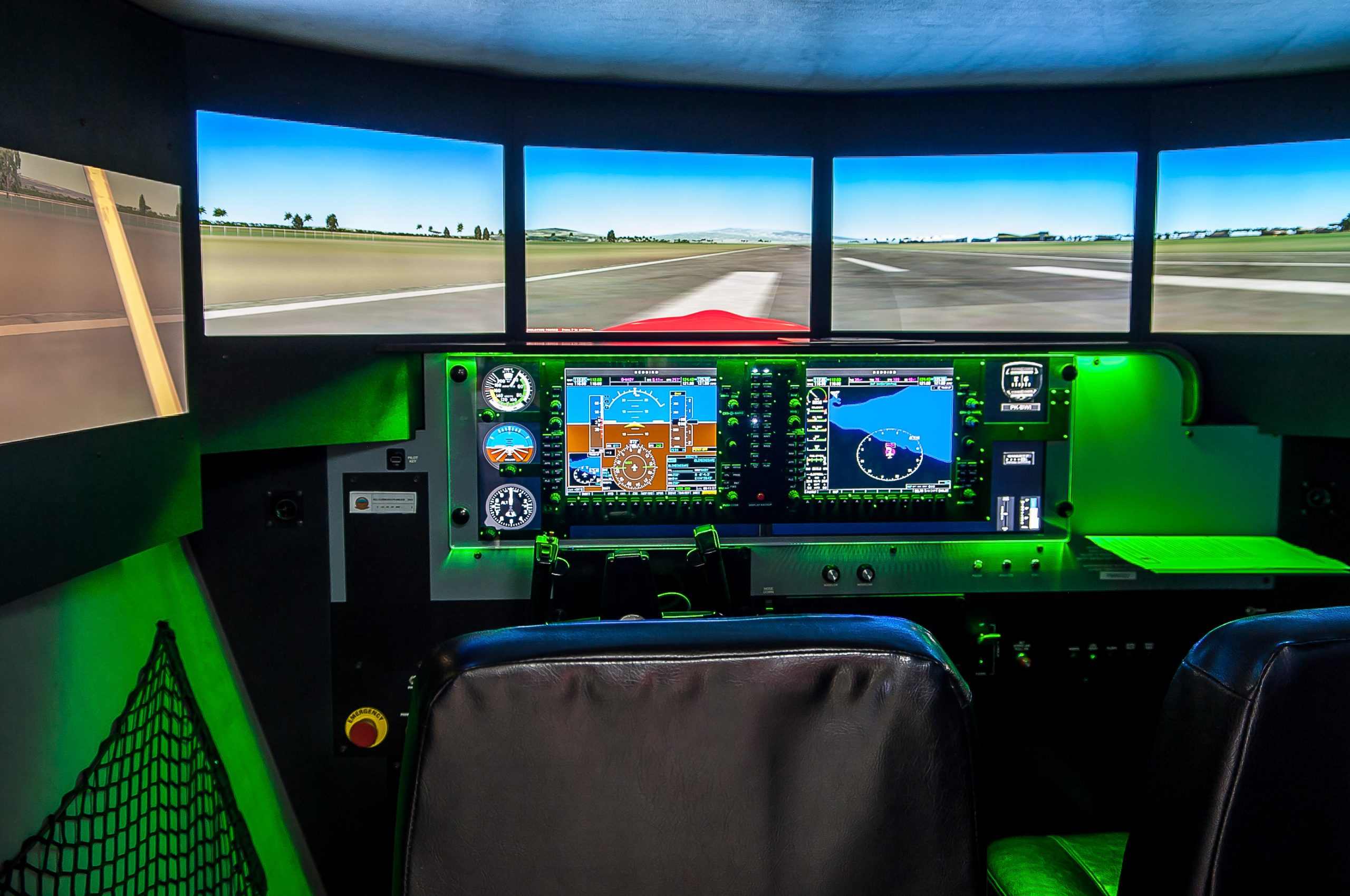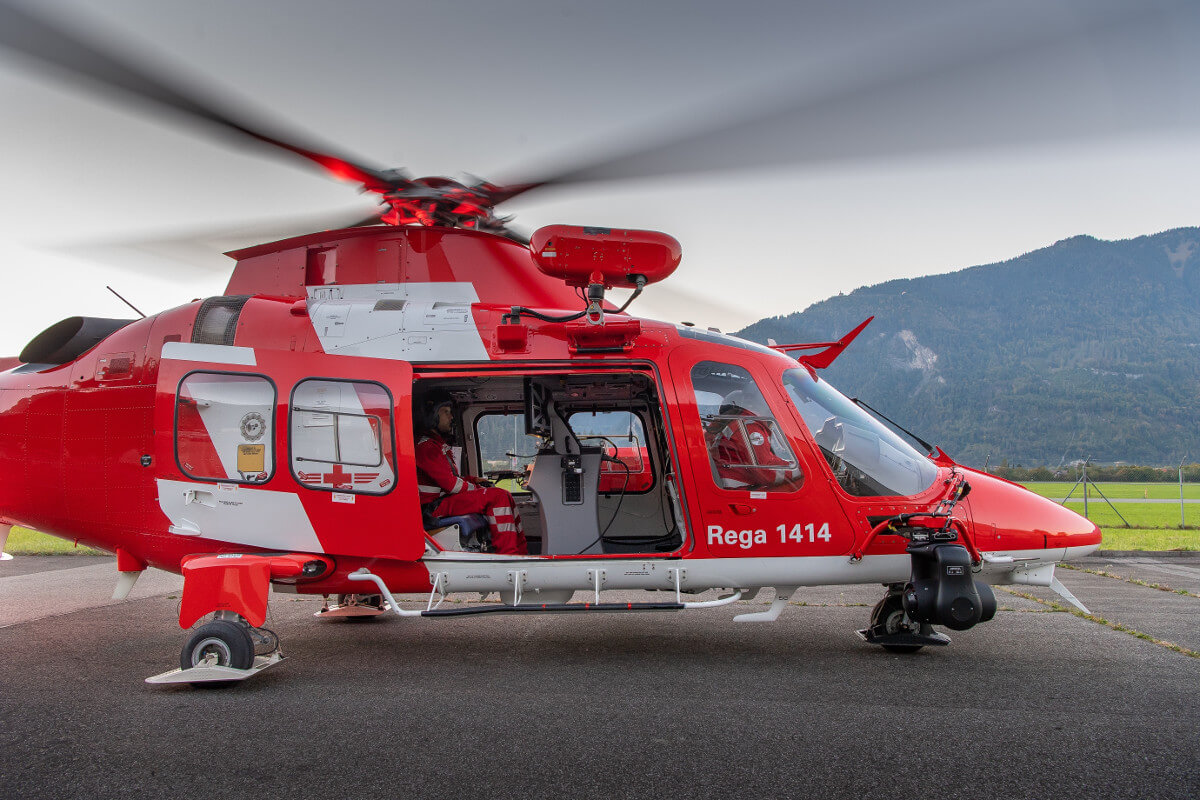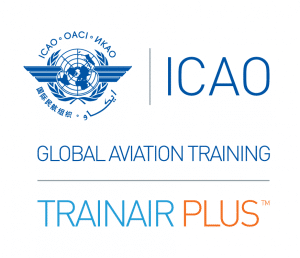With the current COVID-19 situation, virtual reality training technology has become increasingly relevant – it is a technology that is relatively easy and quick to understand. Through its use of virtual reality technology, Indonesia is committed to carrying out a digital transformation using the latest innovative technologies in daily operational activities. In order to display certain observable behaviors and demonstrate the achievement of performance criteria, aviation professionals call on relevant knowledge, skills, and attitudes (KSA) appropriate to a specific role and context. This ability will vary depending on the level of experience and expertise of aviation professionals.
Introduction
The goal of competency-based training and assessment is to provide a competent workforce for the provision of a safe and efficient air transportation system. In order to focus training and assessments on how an aviation professional is expected to competently perform on the job, a description of his/her performance in the particular operational and environmental context is required.
It is essential for all aviation personnel to undergo very comprehensive technical training that provides the necessary knowledge, skills and attitudes for assuming responsibility over the management of aircraft. Indonesia’s aim is to become a Training Center of Excellence (TCE) in the Asia Pacific Region by 2021.
The Republic of Indonesia is the world’s largest archipelago country, with more than 17,000 islands. Their Flight Information Region (FIR) covers an area of 5,193,252 square kilometres and the country has 674 registered airports with 5,800 daily movements. There are 200 airlines and 61 commercial operators operating daily utilizing 524 aircraft. Indonesia is the biggest aviation market in the Association of Southeast Asian Nations (ASEAN). According to a recent International Air Transport Association (IATA) forecast, Indonesia will be the 4th biggest travel market by 2030.
To keep pace with innovation and development, Indonesia forecast in their Modernisation of Air Navigation System – Road map for Operational Services that they will require at least 300 air traffic controllers (ATC), 2,000 Pilots and 1,200 maintenance personnel fully trained on an annual basis.

Indonesian capabilities related to training and oversight facilities
The necessary specialized aviation training is provided by 157 lecturers from seven training institutes (PPI Curug, POLTEKBANG Surabaya, POLTEKBANG Makassar, POLTEKBANG Medan, POLTEKBANG Jayapura, API Banyuwangi and BP3 Curug) that deliver specific approved training programmes to aviation personnel for licensing purposes. Amongst others, the subject areas of education include management, financial management, electrical engineering, mechanical engineering, computer and network engineering, aerospace engineering, air transportation, rescue and fire fighting, search and rescue, aviation maintenance/airworthiness, air traffic control, air traffic management, airport management and other relevant technical subjects.
Aerodrome, Approach, Area and Radar Procedural Control
The air traffic management (ATM) system is evolving towards a globally integrated and collaborative system. Air traffic controllers managing and operating this system must have a shared understanding of what is expected of them in terms of performance wherever they may work. This supports the globally interoperable system and the aim to achieve optimum capacity within acceptable safety limits. Air traffic controller development stages include initial training; flight Information; training essential for the performance of control duties at operational units; and training that supports qualified air traffic control officers in maintaining their competence.
Indonesia’s training facilities provide high caliber ICAO based training in the areas of aerodrome, approach, en-route and radar. Simulation, as an approximate imitation of the operation of a process, is used in many contexts, such as the simulation of technology for performance tuning or optimizing training. Indonesia’s training facilities are equipped with the latest and innovative air traffic control simulators.

Pilot Flight Training Schools
Indonesia flight training academy welcomes new students to the world of aviation. Epic’s passion is helping them pursue their passion – achieving a career in aviation. Student pilots are trained to become international airline pilots who can fly globally and work for major national airlines in Indonesia. All campuses are strategically located in sunny and ideal Ab initio training environment year-round. Recently, the flying academies also commenced with seaplane training. They operate a fleet of new generation aircraft with state-of-the-art avionic suites. Students are put in the pilot’s seat of the best training aircraft, whether a flight simulator for Cessna 172 or Piper Seneca. These flight academies have the highest reviews in the Asia Pacific Region and currently train nearly 2,000 students on an annual basis.
Airline Refresher Training
Given the large investment in training, it is important to maximise the chances that your pilots will pass when the time comes. Aircraft and simulator time should, therefore, be spent on what matters most, not practicing basic ground procedures. Pilots can practice procedures in advance, in stunning high definition (HD), so that they can breeze through basic procedures, and make the most of the aircraft airborne time practicing complex tasks. Pilots can now test their knowledge in a simulator at any time, helping to improve their skills and close any gaps to improve their study before final testing.

Accident Investigation Training
When an accident occurs, it can result in immense financial losses, serious injury or death. In these cases, an accident investigator is called upon to determine the cause of the failure or the events leading up to the accident. Indonesia accident investigators are selected for their unique and varied backgrounds which enable them to approach complicated problems from several different viewpoints to ensure thorough and accurate solutions. In addition to accident reconstruction and failure analysis, investigators are qualified to provide consultation on matters such as design evaluation, as well as providing independent testing and evaluation.
Indonesian accident investigators were trained at international recognized training institutes in accordance with the provisions of Annex 13 and ICAO Circular Training Guidelines for Aircraft Accident Investigators (Circ 298), which outlines the progressive training that is considered necessary to qualify a person for the various investigation roles, including appointment as the investigator-in-charge of an investigation into a major accident involving a large transport category aircraft. The National Transport Safety Committee (NTSC) is responsible for accident investigation in Indonesia.

Search and Rescue
Indonesia’s Flight Information Region (FIR) covers an area of 5,193,252 square kilometres and also includes their area of search and rescue (SAR) responsibility. The Indonesia SAR Agency established a Rescue and Coordination Centre (RCC) in Jakarta which coordinates all activities with sub RCCs and those of neighbouring States and all relevant Letters of Agreement are in place. To achieve and maintain maximum efficiency in search and rescue, Indonesia provides for regular training of their SAR personnel and holds regular search and rescue exercises.
Rescue and Fire Fighting (RFF) Training
Modern commercial aircraft have the capacity to carry several hundred passengers and crew. Because of the potential for mass casualties in an aviation emergency, it is critical that emergency response equipment and personnel arrive at the scene within the minimum possible time. In the midst of this pandemic, the training and learning process has not stopped, on the contrary, training is more intense with the use of technology.
In the virtual reality technology-based training for ARFF personnel, the fire emergency response module is used as a simulation in handling emergency situations on the airside of Soekarno-Hatta International Airport. Through this module, driving and operating the Oshkosh 3000 foam tender, which is one of the main fleets in handling emergencies at Soekarno-Hatta International Airport, can be simulated. The module includes a complete virtual Soekarno-Hatta air side landscape such as runway, taxiway, apron and buildings.
Aircraft Maintenance Personnel
Aircraft maintenance involves the execution of tasks required to ensure the continuing airworthiness of aircraft or aircraft part, including overhaul, inspection, replacement, defect rectification, and embodiment of modifications, compliance with airworthiness directives and repair. The maintenance of aircraft is highly regulated by the civil aviation authority, in order to ensure safe and correct functioning of flight. The Indonesian CAA regulations are in compliance with ICAO Provisions and all trained personnel meet vigorous international requirements and attend regular refresher training.
Flight Inspection
The need for uniform navigational guidance signals and consistent system performance for radio navigation aids used in the international aeronautical services has been recognized as an important adjunct to safety and regularity in civil aviation. Flight inspection/calibration or periodic evaluation of navigational aids used in aviation, such as flight procedures and electronic signals, are subject to periodic ground and flight tests to ensure they are safe and accurate. It is also an important routine necessary to maintain equipment. The Indonesia Flight Inspection Unit uses a Beechcraft King air (B-200) a LearJet model -35 and TBM 700 equipped with the most modern technology for flight inspection of navigational aids and procedure validation. This includes radar flight checking. The systems are fully automatic allowing simple analysis of results in a timely manner.
![]() ICAO TRAINAIR PLUS Programme
ICAO TRAINAIR PLUS Programme
Competent personnel are essential to establish, manage, and operate safe air transportation systems. Training of aviation professionals plays a critical role in achieving safety objectives, and ICAO is committed to supporting Member States in implementing high-quality standards in civil aviation training. The TRAINAIR PLUS Programme (TPP) is a key element in ICAO’s strategy to achieve this goal and Indonesia became a full Member of TRAINAIR already in 2014. The TRAINAIR methodology is performance-based oriented; 531 Indonesian students successfully attended several ICAO approved courses in 2020.
IATA
IATA is a leading source of international training and professional development serving all sectors of the transportation industry: airlines, airports, aviation security, air navigation services, cargo, civil aviation, ground operations, travel and tourism.
IATA trains more than 100,000 professionals and students each year from all areas of the world. Their 350+courses and 40+diplomas are developed around IATA’s areas of expertise and commitment to promoting industry standards worldwide. The aim of training is to help businesses operate safely, efficiently and sustainably and at the same time build career opportunities for the people. Recognizing the importance in this sector, the Indonesia Center for Human Resources Development on Civil Aviation and IATA signed an MOU on 31 January 2020 for the establishment of an authorized aviation education and training Institute to teach IATA training programs in aviation, travel and tourism, cargo and dangerous goods regulation in Indonesia.
International Training
In lieu of the lack of regional training opportunities, Indonesia provided valuable training to more than 40% of ICAO Member States. The benefits from these years of experience and expertise, Indonesian Training Institutes have offered many aviation courses to States in the field of training development and capacity building. More than 320 international students have received training in Indonesia over the last couple of years.
Indonesia has also kindly subsidized aviation training over several years in many Regions and more specifically in Asia Pacific and Africa, where several students have received relevant training within their own Region or State.
Human Resource Development
An aviation career is like no other. Whether your aspirations are to be a pilot, air traffic controller, or in aviation management, or you would prefer a more technical career, you gain hands-on aviation training at dedicated aviation facilities in Indonesia. You would also attend courses at several universities such as University of Indonesia, Institute Technology Bandung, University Gajah Mada University, trisakti Nurtanio University, University Bandung and Suryadharma University. Identified aviation training subjects are recognized by these universities and management courses are designed to give students an understanding of business and management practices of marketing, human resource management, communications, and project management to be prepared for future opportunities. Students can now integrate aviation subjects with the academic preparation to obtain a bachelor’s or master’s degree.
The Indonesian policy for future human resource development emphasizes the use of distant learning and new technology in their training plan. The Indonesian Aviation Industry and Aerospace Manufacturers in Indonesia fully support the human resource development plan.
![]() About the author
About the author
Dr. Afen Sena is a Transportation Attache and the Alternate Representative Indonesia to ICAO. He has served at operational and management levels in air traffic control, pilot services and training in Indonesia and has a Doctorate of Education (EdD) focused in Education Management from the State University of Jakarta.



 About the author
About the author